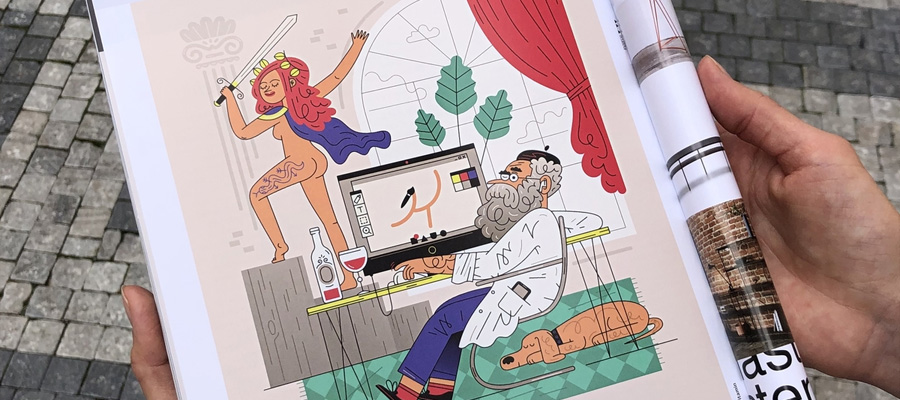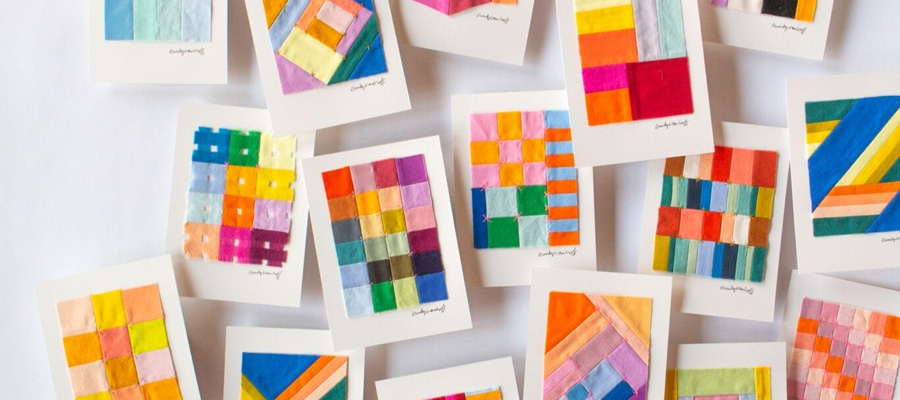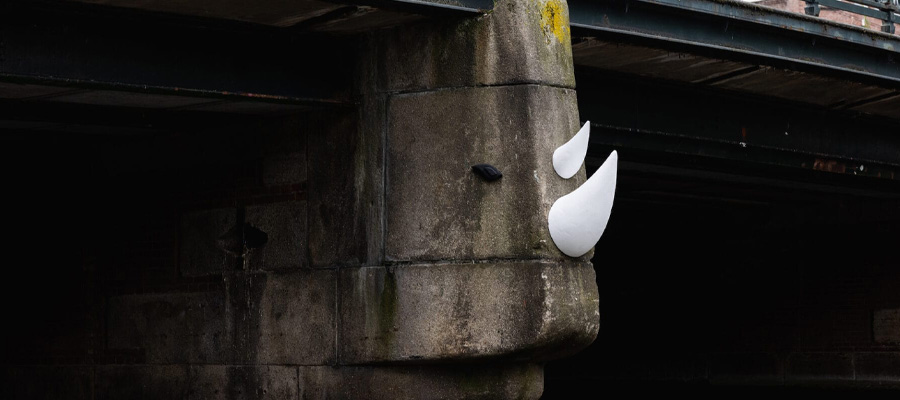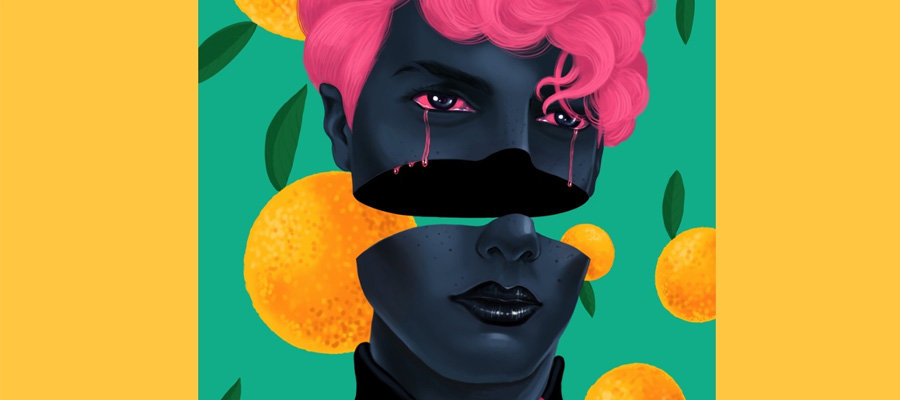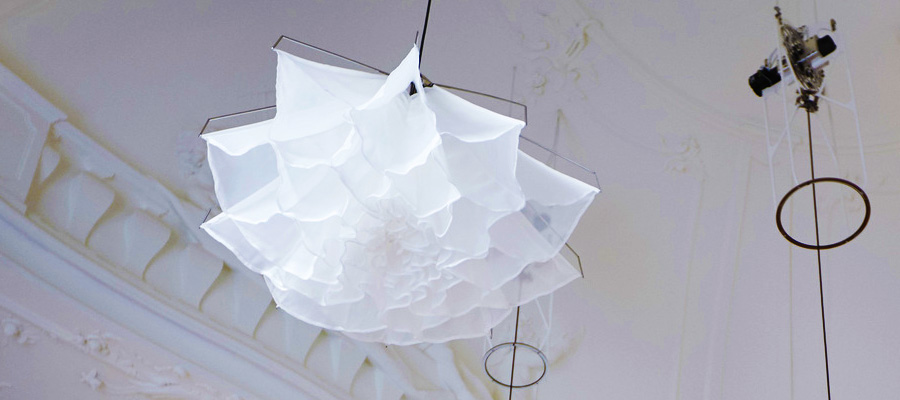Computers are being used to make and analyze art in a way that our human minds cannot perceive due to the limited view of our eyes. Artistic work is mainly based on how well the brushstrokes, contours, and colors are spread out in the artwork. Computers can help us to see the quality of a piece of art, up to the finest details. Also, when coming up with motion pictures, animations, or motion graphics, producers may use computers to make animated storyboards, which enables them to preview the final product. Computers have become an integral part of art by helping to design artistic styles, display the artwork, and also make quantitative imprecision. Digital tools can easily differentiate between an original piece of art and a fake one by using a novel algorithm. The following are among the main contributions of computers in art:

Isometric data concept v2 by Dmitrii Kharchenko
1. Getting detailed analysis of art
We can analyze details of an artistic style by how the color varies throughout the painting, and thus quantify the artistic ability of the artist. For many people who don’t have much knowledge on art, they may not be able to understand how well the colors have been used. Using a digital tool has helped many to understand and appreciate art by knowing its quality.
2. Relating artwork to the human perspective
Every artistic style varies from one artist to another. We might not understand the artist’s style by looking at it with the naked eye. A piece of art will contain micro-sized features that can only be traced by a digital tool. Taking a general look at art may be misleading, causing you to conclude that the artists used a simple monotype method to make the artwork. However, using a computer tool to analyze it will reveal so many details that will make you better understand the artist’s style.
3. Relating different disciplines
Using a computer in art helps to open up more studies and research regarding art to both students and the public. Digital tools can also enable people to view displays virtually all over the world, for example in museums, which will improve research.
4. Promote originality
The value of a piece of artwork depends on whether it is an original idea or a forged one. When different artists have created art, it is easy to attribute the different artistic styles to their respective artists. This is impossible if you do not have digital tools to break the art down into individual pixels. Only then is it possible to determine which artwork is original, no matter how well the forged one has been created.
5. Developing artwork
Many talented artists have incorporated digital tools into traditional painting techniques to develop and improve the quality of their artwork. Although some artists argue that digital artwork loses character because the artist has less control of the brushstrokes, it is still preferred by others because it is more organized, much easier and faster to produce, and is of high quality if blended well with traditional techniques.
